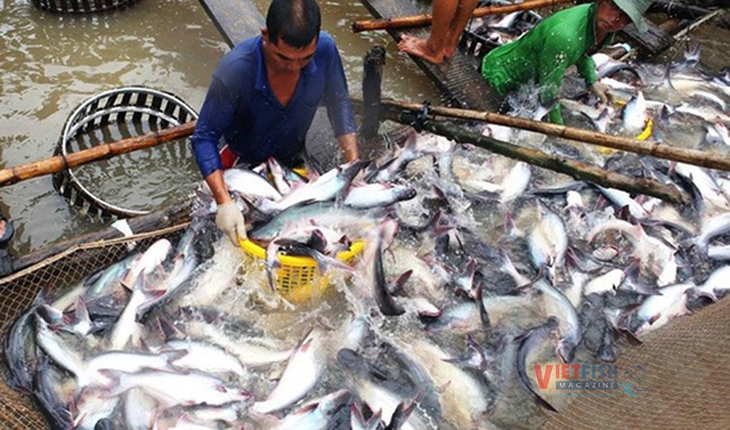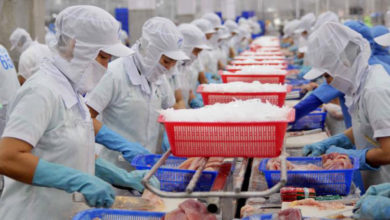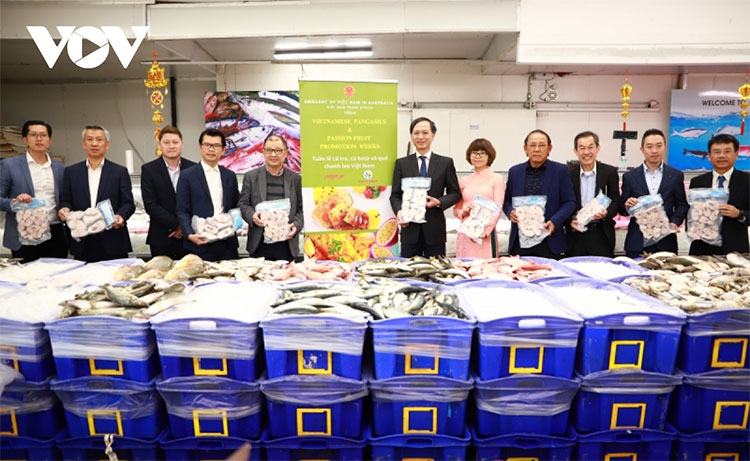Japan’s authorities have tightened control over Vietnam-sourced shrimp products for a banned antibiotic, according to the National Agro-Forestry-Fisheries Quality Assurance Department (NAFIQAD) under Vietnam’s Ministry of Agriculture and Rural Development.
Vietnam does not consider the substance fit for use as a direct food additive in foods for human consumption, according to the Vietnam Association of Seafood Exporters and Producers (VASEP) which reported that Japan raised its shrimp sampling from 30 to 100 percent of imports on December 12.Vietnamese shrimp exporters have been warned to keep antibiotic sulfadiazine residues below 0.01 parts per million, said Le Hong Phong, deputy head of NAFIQAD.
The use of banned antibiotics in Vietnamese shrimp farming with has been a problem for the local industry during the past few years. In 2012, Japan inspected all shrimp batches imported from Vietnam to detect for the presence of Ethoxyquin and Trifluralin. Japan dropped Trifluralin inspection on Vietnamese shrimp in May 2013 and later raised the permissible level of Ethoxyquin in Vietnamese shrimp from 0.01ppm to 0.2ppm.
Vietnamese trade commissions in the EU, Japan, and the United States have received roughly 180 warnings about seafood contaminated with dangerous levels of antibiotic and chemical residues so far this year.
Viet Nam’s shrimp exports to Japan fell by 2.6 per cent in the first 10 months of this year; however, shrimp exports to this market in October 2016 saw a dramatic recovery of 8.7 per cent. Japan is the third largest shrimp import market of Viet Nam, after the US and the EU, accounting for 18.3 per cent of the Viet Nam’s total shrimp exports.
Minh Tuan







I love reading these articles because they’re short but inroemativf.